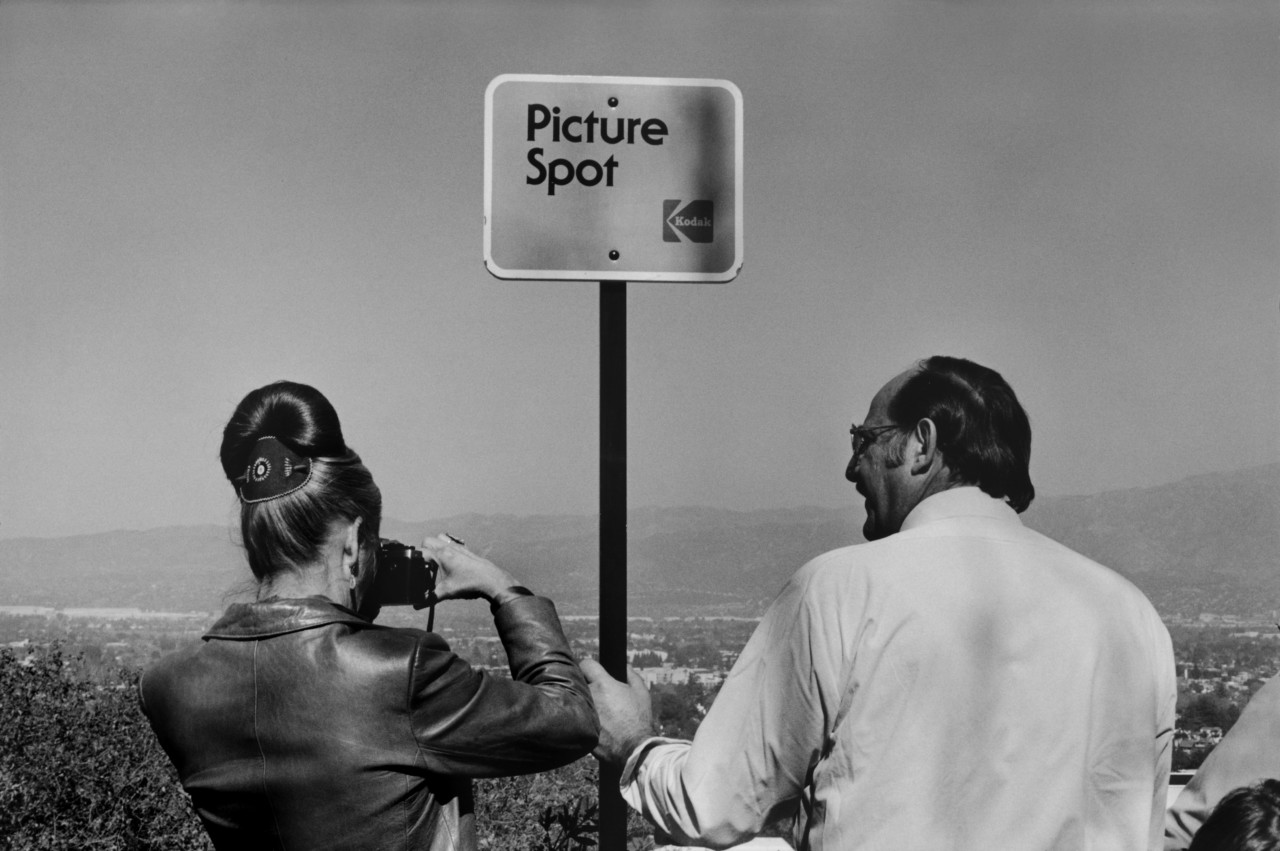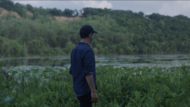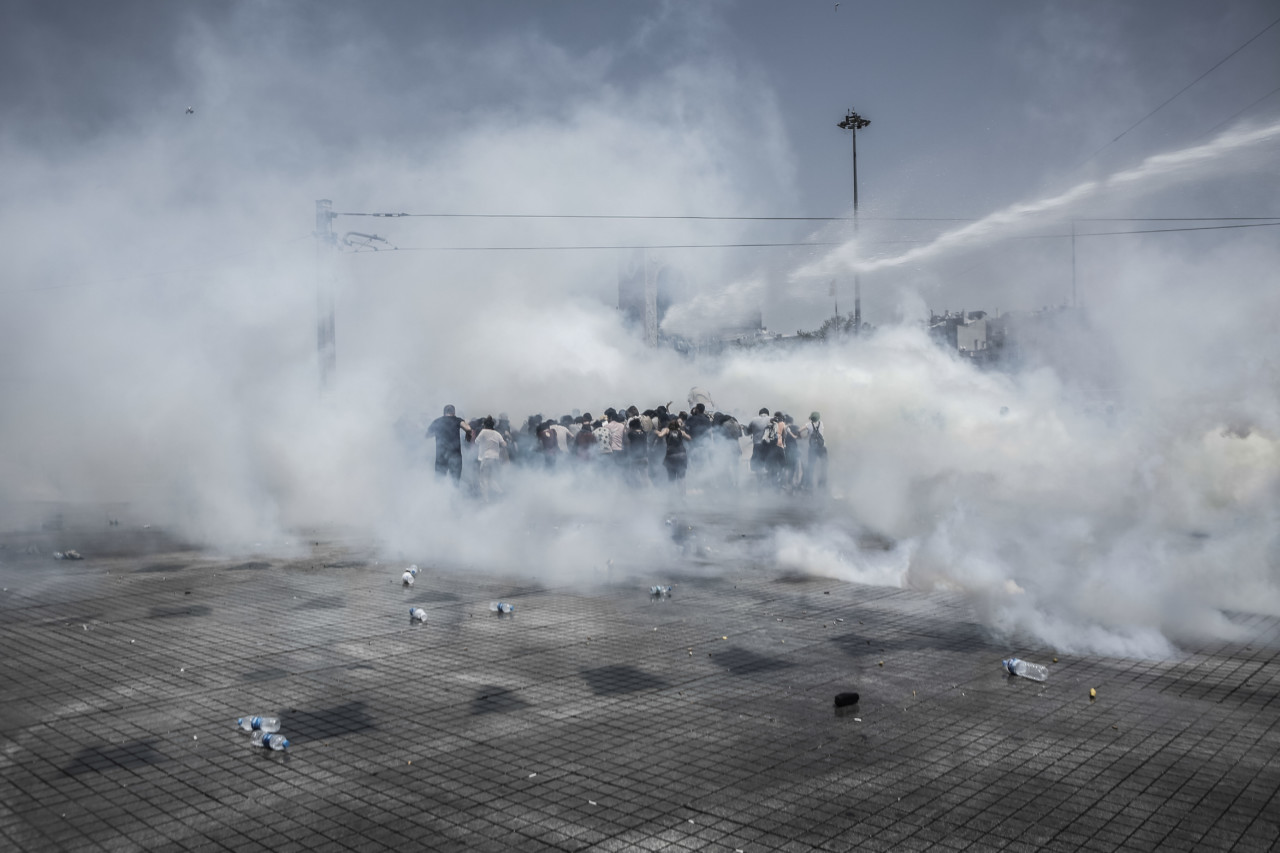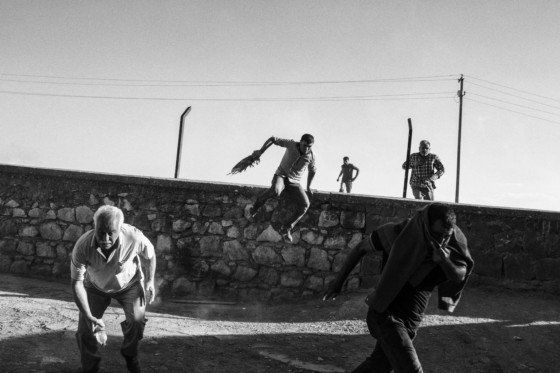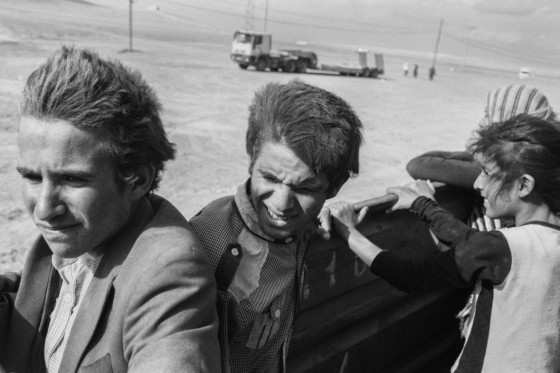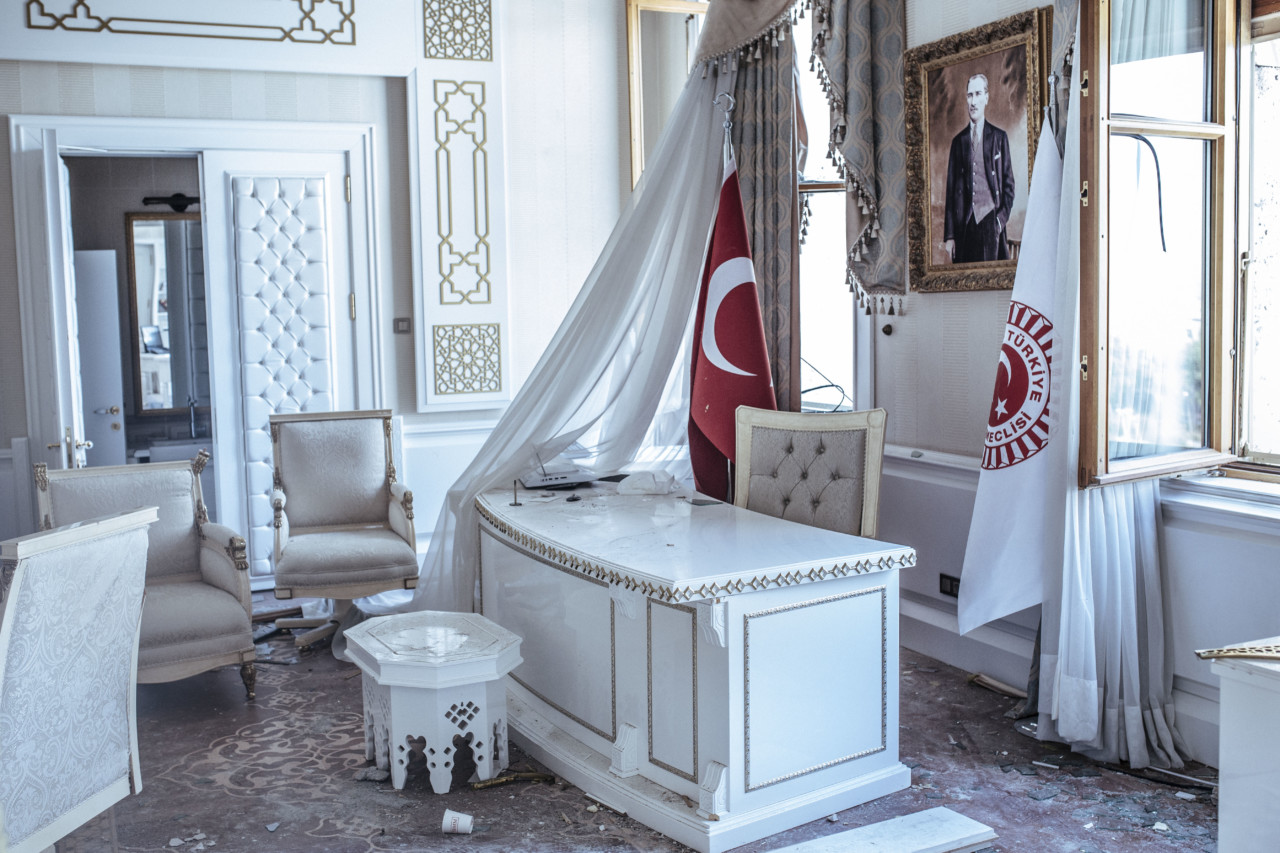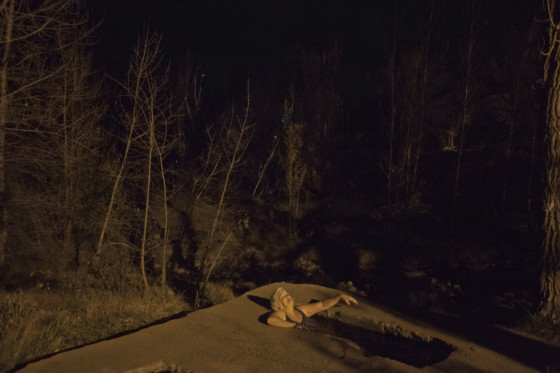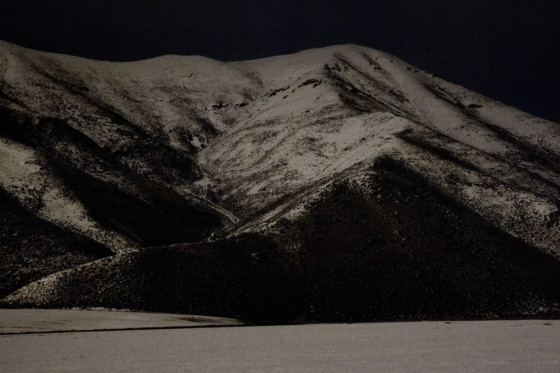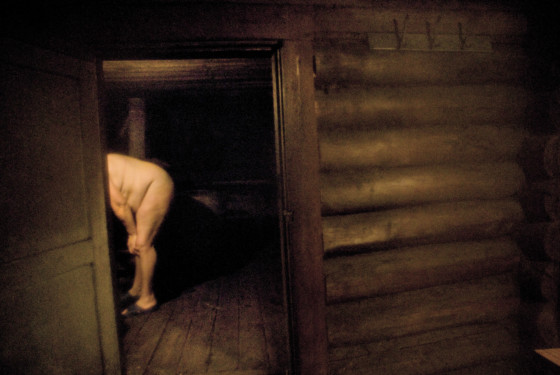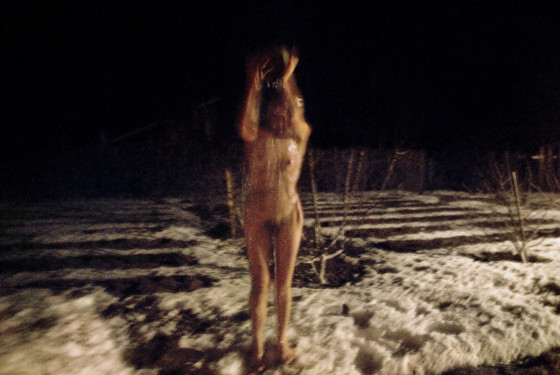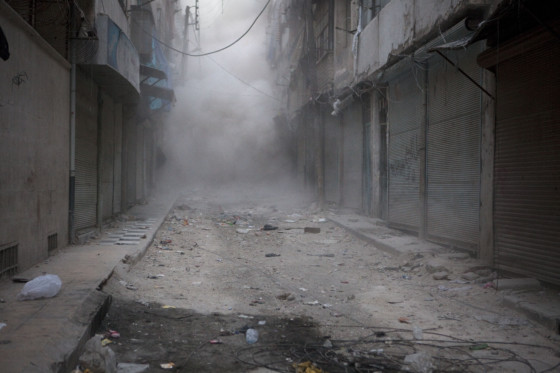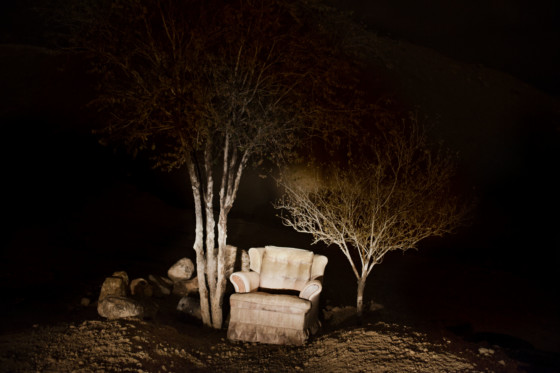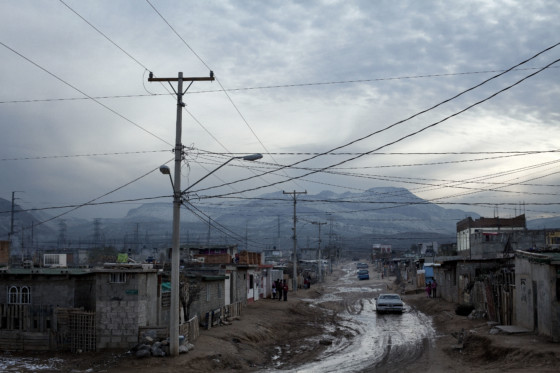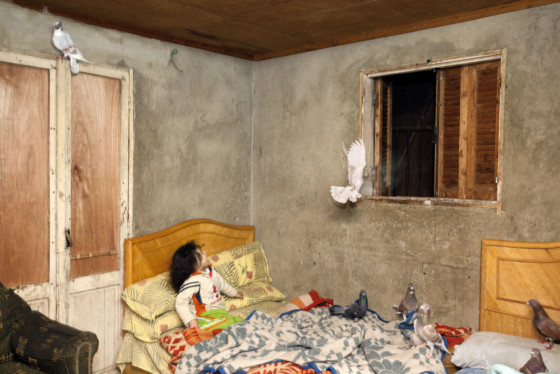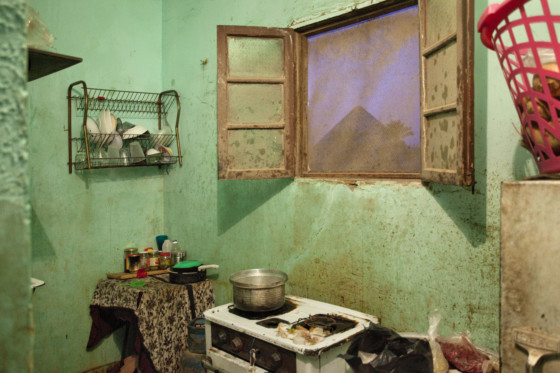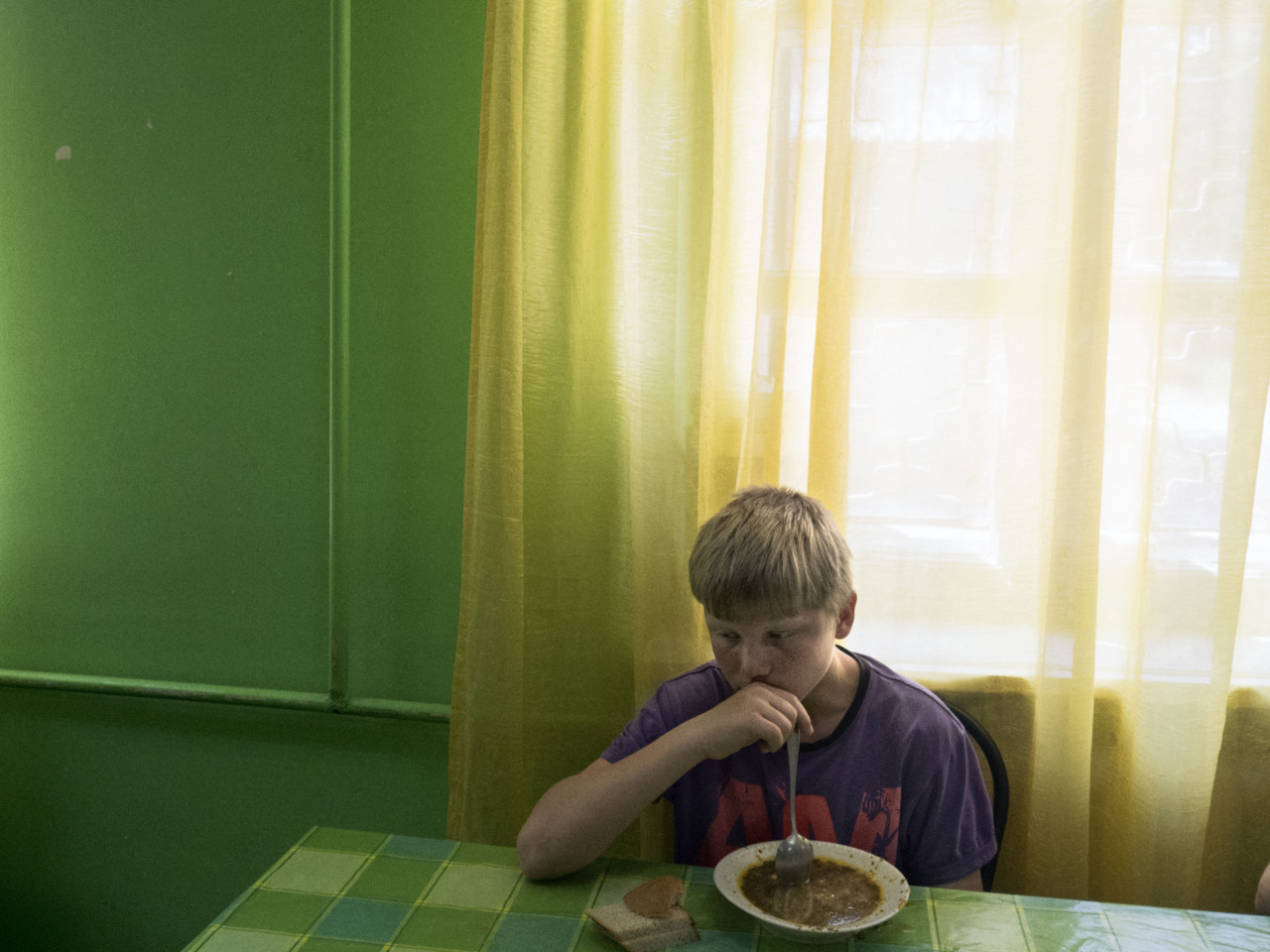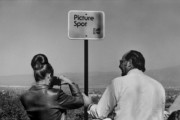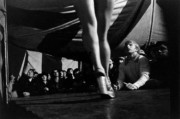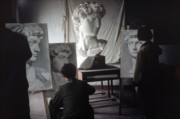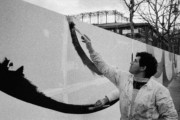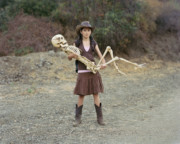Creating a Portfolio: Advice from Magnum
Magnum photographers and professionals offer their tips for preparing a photographic portfolio for a review
Magnum Photographers
Whether you’re an aspiring photographer or a professional looking to further develop your career, portfolio reviews can serve as an opportunity to gain expert advice from industry professionals to shape your practice and make contacts that could prove pivotal for your career. Some pre-preparation can mean you get the most out of these encounters.
Here, Magnum photographers and professionals from Magnum offer advice on how to get the best out of an encounter that, on average, might take only 15 to 20 minutes.
You can learn about all forthcoming Magnum workshops, here.
Expectations and goals
Before doing any edits of your work for your portfolio review meeting, firstly think about what you want to get out of the session. Magnum photographer Bieke Depoorter explains: “It could be feedback on visual language, editing and sequencing advice, networking for future outlet options around exhibiting and publishing or numerous other reasons – just remember to have an aim and leave with something you did not have when you began. Another part of this is knowing who is going to be reviewing your work – and how they can best help you. You can get many different perspectives depending if you speak to a photographer, to an editor, to a curator and so on.”
Once you have a goal, then look for reviewers who might be best placed to advise you. “Choose the reviewer well,” advises Magnum nominee Emin Özmen. “Your work has to fit with the media / editorial line of the reviewer. If not, you will lose time and he/she will too. Do not hesitate to show your work also to other photographers, discussions are always a good way to get more ideas.”
Narrow down your edit
When given a chance to show your work to an esteemed industry professional, there may be a temptation to bring everything with you, however, it is best to narrow down your work to a neat photo edit. “Be severe and demanding with yourself doing the selection of images,” advises Magnum photographer Jerome Sessini. “Often, photographers put too many images in their selection,” he says. “Less is more”.
Emin Özmen concurs, and suggests some specific numbers for guidance: “Bring around 50 pictures, preferably small prints (min 15cm max 24 for wider) and put on the table strongest 20 – the ones you believe enough good to explain your story – and keep them in your bag in case the person is interested and wants to look at more. It is sometimes boring and tiring for the reviewer to see hundreds of photos in a day. It’s also good to have one or two more stories ready to show in case.
Lorenzo Meloni’s advice on number of photographs to bring matches Özmen’s suggestion exactly: “You should present an edited work of 20-30 photos, in addition to an extended one of 50-60 photos, so, should there be enough time, I can always pick up some images from the larger work.”
But have more in reserve
As Özmen and Meloni suggest, having more images to call upon can be useful. It gives you some flexibility should your reviewer take the conversation to wider work. As Magnum’s education manager Shannon Ghannam explains, it allows the reviewer to get a better idea of your skill and approach as a photographer so they can better advise you. She recalls: “I met a young photographer in a portfolio review, she showed me a tight edit of images from a long term project and I was really impressed. We had some extra time so she showed me her portfolio that included a larger edit of the project and earlier single images from her career. I could see all of her mistakes along the way and I was now sitting with a completely different photographer.”
Bieke Depoorter expands on the same point. She argues that it can be helpful to come with a wider selection of images from your projects because too tight an edit could result in some of your best pictures not being seen. “Remember, if you do come with a tight edit of photographs, perhaps have a back-up pile ready to show, in case there is reason to explore other options,” she advises. “Many times it can be more illuminating to look through a secondary edit rather than the initial selection.”
Format
What’s the best way to show your images? While different professionals have their preferences, they are unanimous in advising that the format you choose should be clear to read. Bieke Depoorter advises prioritizing prints over a hard drive. “You can certainly bring a laptop with some extra work to look at if there is time,” she says, “however, the ability to see the work spread out and the process of moving prints around is so important to the way we read and understand work.”
Meanwhile Jerome Sessini says that he prefers a simple PDF with only single or double images on them.
Stories over single images
There may be a temptation to show only your single best images to really impress a reviewer, but to get a sense of your storytelling ability and consistency of your style, all the advisers who contributed to this article advise showing stories over single images. “Showing a series gives a better sense about the photographer identity and approach,” says Jerome Sessini.
“If you want the reviewer to remember you, it is also good to show a complete body of work, not only photos (from a project: a book, poster, exhibitions photos, and more) – Be creative,” advises Özmen.
“ I would recommend focusing on one or two important projects that you are passionate and well informed about. I believe that viewing your longer bodies of work, compared to a collection of single photographs, helps me to understand your approach and you as a photographer. Through that process I will be better placed to provide useful feedback and advice on your work,” says Bieke Depoorter.
How to talk about your work (and when to stay quiet)
“I would not advise approaching a portfolio review as a presentation,” says Shannon Ghannam. “It is an intimate conversation about you and your work, and the sooner you can feel comfortable and able to be honest about your motivation, ambitions and challenges, the sooner we can have a real conversation.”
“It’s not only about pictures you shot, you have to learn the best way to tell the story, to catch the interest of the reviewer; what is the subject; why you start to work on that project; why it matters and what is the importance of that work for you.” – Emin Özmen.
However, while having a conversation is at the heart of the photographer-reviewer exchange, it’s important to give the reviewer time and space to take the work in. Magnum’s Digital Director Anne Bourgeois-Vignon explains: “Create a space for dialogue with the reviewer, rather than try to show everything you have with you. Listen to what they have to say. They will surely have questions about your work and want to understand the motivations behind it in order to better understand your practice, as well as specific areas of interest.”
“When someone is viewing your photos, don’t overwhelm them with detailed explanations. Photos are meant to be looked at in silence. You either talk before or after the viewing.” – Lorenzo Meloni
And remember
Take all feedback as a learning experience and do not be disheartened if things do not result in an immediate outcome for you. “Reviewers may not have an immediate outlet for the work or be in position to give you a contact, but if your work has resonated with them, it’s unlikely they’ll forget it,” says Bourgeois-Vignon . “An opportunity to work with them may comes years down the line. Take the review as an opportunity to forge long-lasting connections.”
Whatever feedback you receive – whether round praise, practical advice or constructive criticism – it is important to remember that each reviewer is looking for something different. “You will learn something from all of them but some will be more useful than others,” says Shannon Ghannam.
“Critics are useful, but remember that the first to believe in your work must be you.” – Lorenzo Meloni.
For information about workshops, masterclasses, portfolio reviews and more, visit the Magnum Education page here.


